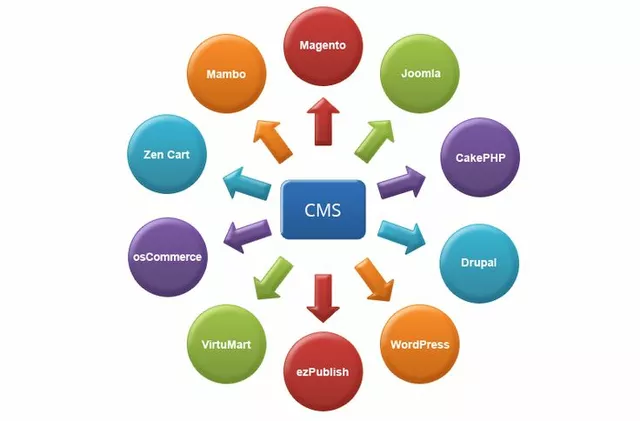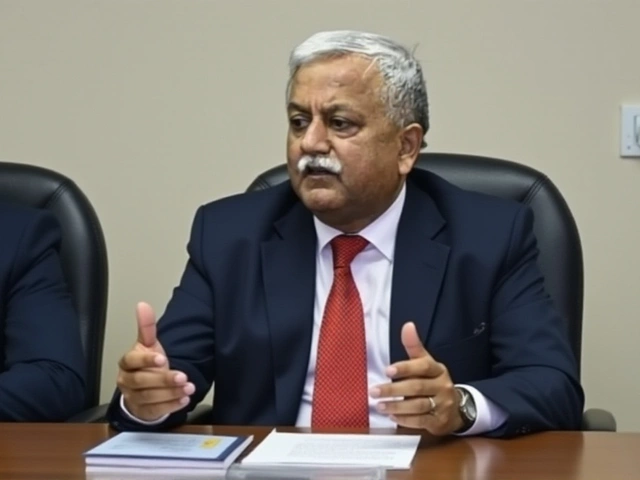Crime investigation: real cases, media coverage and how to read them
Crime news grabs attention fast. From high-profile trials to local police probes, headlines can be loud and confusing. If you want to follow investigations without getting misled, you need simple rules to separate facts from noise. This page gathers clear summaries, explains how media covers cases, and gives practical tips to check updates.
High-profile examples show how reporting shapes public view. Celebrity legal matters, like the notorious hit-and-run case that reached India’s courts, get nonstop coverage. That can help public scrutiny but also feed rumors. Other posts linked to this tag look at why news outlets often highlight politics and big names more than routine investigations. Knowing that bias helps you read stories more critically.
How Indian media covers investigations
TV channels and online sites chase traffic. Politics, crime, and celebrities bring clicks, so editors push those stories to the front. That doesn’t always mean the facts are wrong, but context may be missing. Live updates, dramatic visuals, and expert panels create urgency — useful for immediate news, not for understanding evidence or legal nuance. Look for follow-ups and official statements rather than just the first headline.
Also notice how different outlets report the same event. One report may focus on eyewitness accounts, another on police statements, and a third on legal angles. Comparing reports helps you spot what’s confirmed and what’s opinion. If a story names suspects, always check whether charges are filed or if it’s only alleged. Words matter: "accused," "alleged," and "charged" have different legal meanings.
Practical tips for readers
First, verify the source. Official police releases, court filings, and statements from credible reporters are more reliable than social posts. Second, check dates and follow-ups — initial reports often change as investigations progress. Third, watch for speculation labeled as opinion; anchors or columnists may guess motives, but that’s not evidence. Fourth, respect privacy and legal limits. Rumors can harm ongoing probes and people involved.
Want to go deeper? Look for local court records or public affidavits when possible. Learn a few legal terms to understand charges and verdicts. If a case involves technical evidence — like forensics or digital records — wait for expert summaries rather than instant takes. Finally, keep an eye on corrections. Reputable outlets update errors; that’s a sign they care about accuracy.
Following crime investigations doesn’t mean trusting every headline. Use the tips above to read smarter: check sources, compare reports, watch for legal status, and wait for verified updates. This tag collects stories and analysis to help you stay informed without falling for sensationalism. Browse case summaries, media critiques, and practical guides here to track investigations clearly and calmly.

UP minor gangraped, stepsister among 3 held?
Alright folks, hold onto your seats because this one is a doozy. A recent incident in Uttar Pradesh, India, has left me gobsmacked. A minor girl was, unfortunately, gang-raped, and here's the kicker - her stepsister was among the three people arrested. Yes, you heard that right, her own family member! It's a harsh reminder that sometimes villains are closer home than we think. Let's hope justice is served and the poor girl gets the support she needs.
Crime & Justice News



